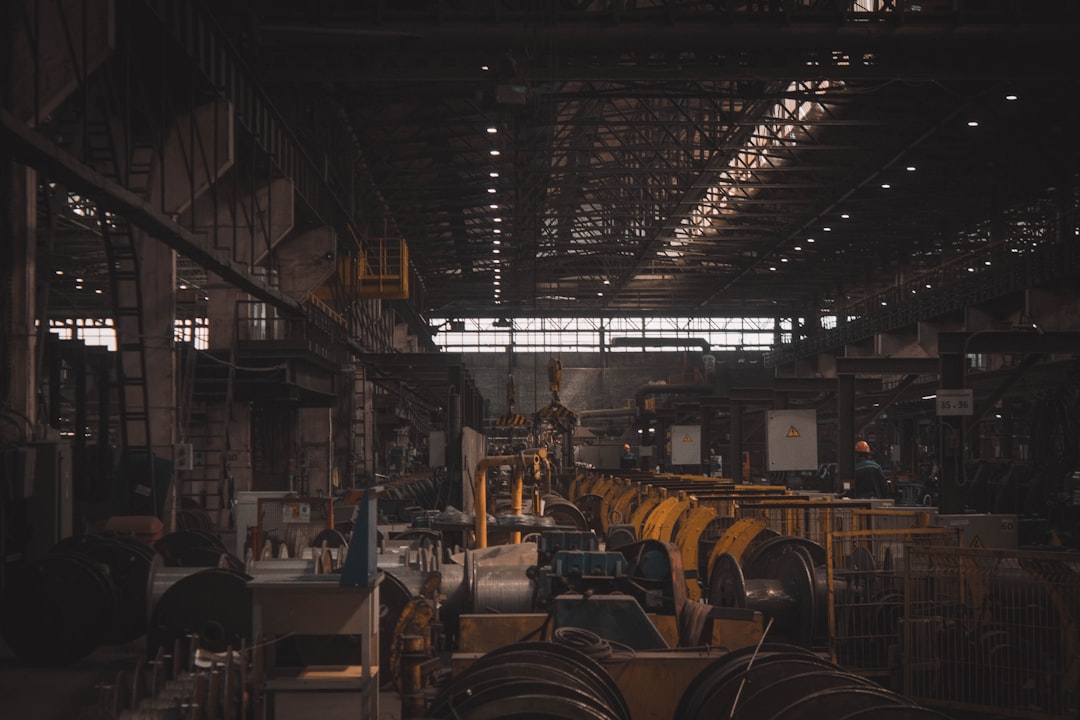body { font-family: sans-serif; line-height: 1.6; }
h1, h2, h3 { color: #333; }
code { background-color: #f0f0f0; padding: 2px 4px; border-radius: 4px; }
The steel industry is built on precision and reliability. Meeting stringent quality standards is paramount, and the American Society for Testing and Materials (ASTM) standards play a crucial role in ensuring the integrity and performance of steel products worldwide. This comprehensive guide explores the significance of ASTM compliance in steel production, detailing the processes, tests, and implications of adhering to these vital standards.
Understanding ASTM Standards for Steel
ASTM International develops and publishes voluntary consensus standards for materials, products, systems, and services. Within the steel industry, these standards cover a vast range of properties, including chemical composition, mechanical properties (tensile strength, yield strength, elongation, hardness), impact resistance, weldability, and corrosion resistance. Specific ASTM designations, such as A36 (structural steel), A572 (high-strength low-alloy steel), and A992 (structural steel for bridges), define precise requirements for different steel grades. These designations are crucial for specifying the appropriate steel for a given application, ensuring it meets the necessary performance criteria.
Compliance with these standards isn’t merely a suggestion; it’s often a contractual obligation. Construction projects, manufacturing processes, and other applications requiring steel components frequently mandate adherence to specific ASTM standards to guarantee safety and structural integrity. Failure to meet these standards can lead to significant consequences, including project delays, financial penalties, and even safety hazards.
The Importance of Chemical Composition Analysis
The chemical composition of steel is fundamental to its properties. ASTM standards specify allowable ranges for elements such as carbon, manganese, silicon, phosphorus, and sulfur. These elements significantly influence the steel’s strength, ductility, weldability, and hardenability. Accurate chemical analysis, typically performed using techniques like optical emission spectroscopy (OES) or inductively coupled plasma atomic emission spectroscopy (ICP-AES), is essential to verify compliance with the specified chemical composition limits. Deviations from these limits can compromise the steel’s performance and necessitate corrective actions.
Beyond the major alloying elements, trace elements can also impact steel properties. ASTM standards often include limits for these elements to control potential detrimental effects on quality. Regular monitoring and analysis of the chemical composition throughout the steelmaking process are crucial for maintaining consistent quality and ensuring ASTM compliance.
Mechanical Testing and ASTM Compliance
Mechanical testing is a cornerstone of ASTM compliance for steel. These tests assess the steel’s strength, ductility, and toughness. Common tests include:
- Tensile testing: Determines yield strength, tensile strength, and elongation.
- Charpy impact testing: Measures the steel’s resistance to brittle fracture at various temperatures.
- Hardness testing: Assesses the steel’s resistance to indentation.
- Bend testing: Evaluates ductility and weldability.
ASTM standards specify the test methods and acceptance criteria for each steel grade. The results of these tests must fall within the prescribed limits to demonstrate compliance. Detailed records of test results, including specimen identification, test parameters, and results, are essential for traceability and audit purposes.
Quality Control and Assurance in Steel Production
Achieving consistent ASTM compliance requires a robust quality control (QC) and quality assurance (QA) system throughout the steel production process. This involves:
- Raw material inspection: Ensuring that incoming raw materials meet the required specifications.
- Process monitoring: Continuously monitoring key process parameters, such as temperature, time, and chemical composition, to maintain consistency.
- In-process testing: Performing regular tests at various stages of production to detect and correct any deviations from the specified standards.
- Final product inspection: Conducting thorough testing of the finished steel products to verify compliance with all relevant ASTM standards.
- Documentation and traceability: Maintaining detailed records of all tests, inspections, and corrective actions to ensure full traceability.
A well-defined QC/QA system ensures that the steel produced consistently meets the required standards, minimizing the risk of non-compliance and enhancing customer confidence.
Consequences of Non-Compliance and Best Practices
Non-compliance with ASTM standards can have serious repercussions. This could range from rejection of materials and financial penalties to potential safety hazards and legal liabilities. In construction, for example, non-compliant steel could lead to structural failure, with potentially catastrophic consequences. Maintaining ASTM compliance is therefore not just a matter of quality; it’s a matter of safety and responsibility.
Best practices for ensuring ASTM compliance include investing in advanced testing equipment, employing skilled personnel, implementing rigorous QC/QA procedures, and maintaining meticulous records. Regular audits and internal reviews can help identify areas for improvement and ensure ongoing compliance with the ever-evolving ASTM standards.
Continuous improvement and a commitment to quality are essential for steel producers to maintain their reputation and deliver reliable, high-quality products that meet the demands of the global market.
Tags: ASTM Steel, Steel Standards, Steel Testing, Quality Control Steel, ASTM Compliance




